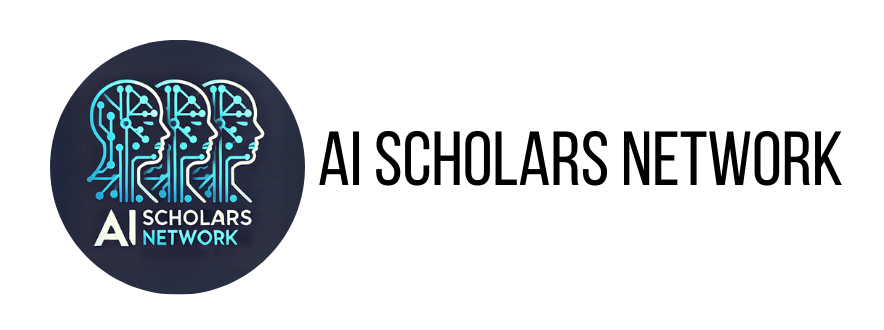For Education Leaders
As AI tools begin entering classrooms, school and district leaders have a critical role to play in ensuring that adoption is ethical, equitable, and effective.
This space is dedicated to helping principals, curriculum directors, and superintendents lead with clarity, not confusion.
Start here:
Leading with Purpose: How School Leaders Can Guide AI Adoption Responsibly
Why This Matters
AI is rapidly entering classrooms—not just through policy, but through daily practice. Students are using chatbots to write essays. Teachers are experimenting with lesson planning tools. And edtech platforms are embedding AI in everything from assessments to IEP tracking.
But without strong school leadership, this shift risks leaving behind the very students AI could help most.
Now is the time for principals, instructional leaders, and district teams to step up—not just to manage risk, but to lead with purpose.
What School Leaders Should Be Asking
-
- How do we ensure AI tools serve all learners equitably?
- Who decides what’s appropriate, transparent, and safe?
- Are our teachers supported and trained to use AI responsibly?
- Do our students understand how to use AI ethically, not just effectively?
Where to Start: Three Priority Areas
- Equity: Who Has Access and Support?
AI has the potential to narrow or widen learning gaps, depending on how it’s introduced.
Example: A district offers AI-supported tutoring—but only in English, with no accommodations for multilingual learners or students with IEPs.
What leaders can do:
-
-
-
- Choose tools with strong accessibility and language supports
- Ensure teachers in under-resourced schools receive onboarding and coaching
- Monitor usage across grade levels and demographic groups
-
-
📌 Tip: Use AI to extend access, not replace human support—especially in high-need classrooms.
- Ethics: How Do We Teach Responsible Use?
Students are already using ChatGPT and other tools. The question is: Have we taught them how to use it responsibly?
Example: A student copies an AI-written essay and turns it in as their own—not out of malice, but because no one showed them how to engage ethically.
What leaders can do:
-
-
-
- Provide guidance on AI use in writing, inquiry, and problem-solving
- Work with teachers to create shared expectations and acceptable use policies
- Host schoolwide discussions about authorship, fairness, and academic honesty
-
-
📌 Tip: Frame AI literacy like digital citizenship—it’s not optional anymore.
- Oversight: What Is the Policy—And Is It Clear?
Many schools lack clear, educator-friendly AI guidelines. This creates confusion, inconsistency, and vulnerability.
What leaders can do:
-
-
-
- Create short, transparent guidance aligned with existing tech and academic policies
- Require AI tools used in the classroom to meet basic data privacy and COPPA standards
- Include AI in curriculum reviews and tech procurement decisions
📌 Tip: MIT RAISE recommends labeling all AI-generated content in classroom materials—start here.
-
-
Tools to Help You Lead
- U.S. Dept. of Ed: AI and the Future of Teaching
- MIT RAISE: Policy Brief on K–12 AI Use
- Digital Promise: Case Studies from 28 AI-Powered Classrooms
- NEA: AI Task Force Report
✅ Try This Now:
- Review your school’s current tech use and identify any AI-related gaps in guidance or equity
- Convene a short AI task force (include teachers, support staff, and students!)
- Build AI into your 2025–2026 professional learning plans—not as a tech extra, but as core instruction
What’s Next:
Start with the full teacher-focused guide:
Teaching in the Age of AI: What K–12 Educators Need to Know (2025–2030)
